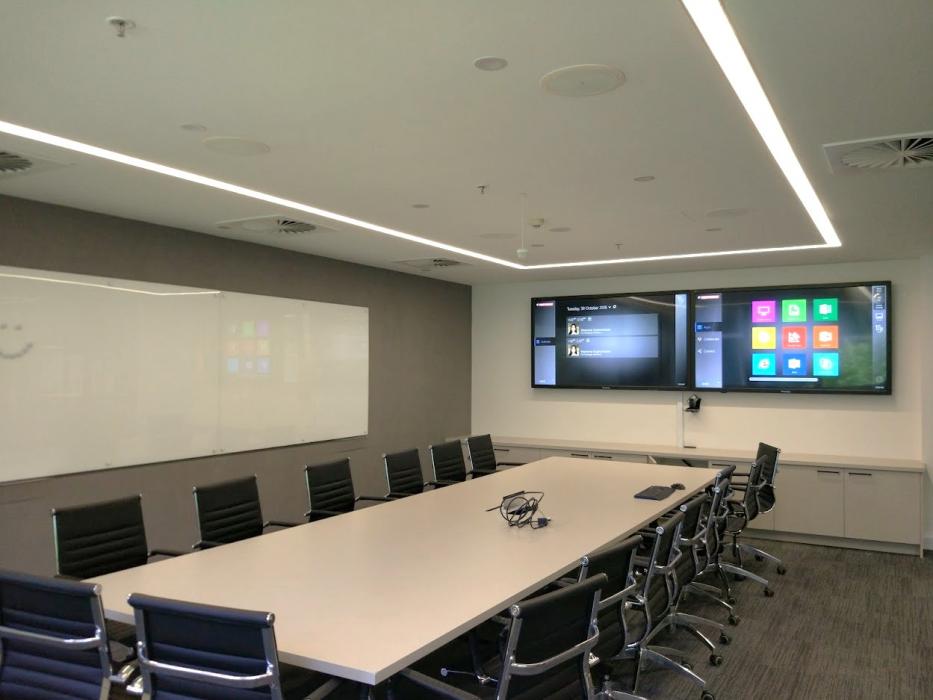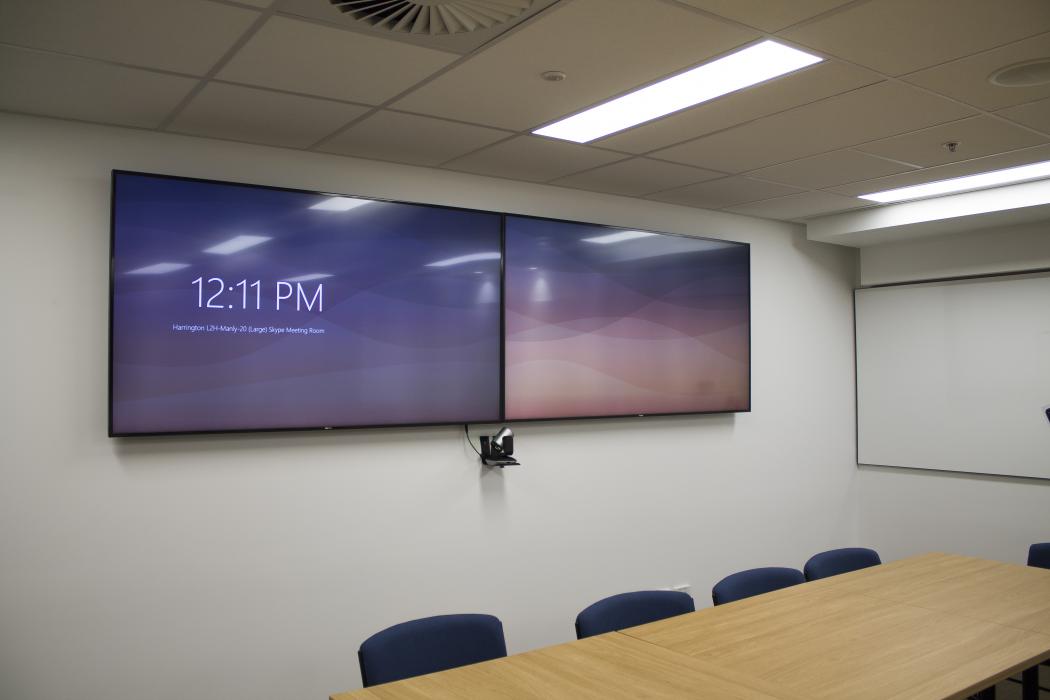Designing the post COVID-19 meeting space



Disruption feeds innovation. COVID-19 has been the biggest disrupting factor to our economy, working habits, and social lives in generations. It has forced many of us to move our workspaces to our homes; to swap our boardrooms for our bedrooms.
The availability and accessibility of video conferencing has changed how people meet and collaborate. Now that we are coming close to a return to the office, is your workplace prepared for people enlightened by this new wave of working from home, to be faced with the old way of doing things?
Platform choice
Since the COVID-19 pandemic began, organisations the world over have been subscribing en masse to cloud-based video conferencing solutions, in particular Zoom and Microsoft Teams. Many organisations have been trialling both. Doing so while the majority of staff are working from home has been a relatively inexpensive and painless method of opening channels of communication – everyone’s been able to adapt to this new way of working, and applications like Zoom and Teams have a low barrier to entry. It’s easy to install these, as well as the many other cloud video conferencing apps, such as BlueJeans, WebEx, GoToMeeting, on any personal computer, laptop, smartphone or tablet.
So, what happens when we return to the office? Many organisations still use proprietary video conferencing appliances in meeting rooms. How will these work when the rest of the world – including your staff – has moved on to videoconferencing on the cloud? And the major headache to solve – what do you do when your clients or associates use a different videoconferencing platform to yours?
Right now, the best choice remains to invest in either Zoom or Teams, and upgrade older video conferencing units to support these major platforms. The good news is that both Zoom and Microsoft are implementing interoperability with each other; so Teams users will soon be able to join Zoom meeting rooms, and vice versa. Both companies offer a unique edge for native interoperability with other systems – Zoom offers the ability to connect with older video conferencing appliances from Polycom and Cisco; Teams will offer the ability to connect with Cisco WebEx, and already works natively with Skype for Business. And if your organisation is already using Skype for Business enabled meeting rooms, it’s fairly likely you’ll be able to move over to Teams and enjoy its benefits without spending a cent.
For organisations with far more complex interoperability requirements, such as universities and libraries – where every possible video conferencing platform is fair game; there are certainly ways to make interoperability work without resorting to the dreaded meeting room PC. These solutions are technical, require a significant amount of coordination with IT managers, however the end result of users being able to meet without barriers is well worth the initial effort.
What does the next generation meeting space look like?
The largest hurdle to overcome, isn’t technology, it’s real estate. The architecture of office fit-outs must change to reflect the new normality of social distancing. The meeting rooms we’ll be designing from now onwards will be larger in size, and smaller in capacity. Activity-based working gave rise to huddle rooms – nooks for 5-6 people to sit down and collaborate. This concept is now all but dead; the huddle rooms of tomorrow will seat a maximum of three, and contain a larger screen to make videoconference meetings feel more life-like.
These new meeting space arrangements come with both aesthetic and acoustic challenges. Microphones and loudspeakers must be carefully selected to meet fixed and flexible room layouts. When working from home, we’ve all been using headsets – your voice is always clear as the microphone is right next to your mouth. In a meeting room, the acoustic situation is far more complex as the microphone needs to capture the voices of multiple people in a room. In Australia, providing assistive listening solutions for the hearing impaired is also a legal requirement, and must be considered in all meeting spaces with amplified audio. If the implications of social distancing cause us to incorporate more, and smaller meeting rooms, the costs for audio visual solutions may begin to add up.
It is worth mentioning that computer and peripheral manufacturers are increasingly releasing videoconferencing kits for meeting spaces, presumably containing all that an IT administrator would need to “roll-their-own” meeting space. While these kits do offer a compelling price point, true value comes from engaging an experienced architect, and investing in a videoconferencing system designed and installed by experienced audio visual professionals.
We have one goal when it comes to implementing meeting rooms for our clients. To make sure that they can meet who they want, when they want, how they want – without having to call IT.
Tommy Sailing leads Northrop’s Audio Visual and ICT services offering. He comes from a background in electrical engineering, electronics design, web development and business IT administration. He uses all of these areas of expertise to implement audio visual solutions designed for humans. Contact Tommy at tsailing@northrop.com.au
